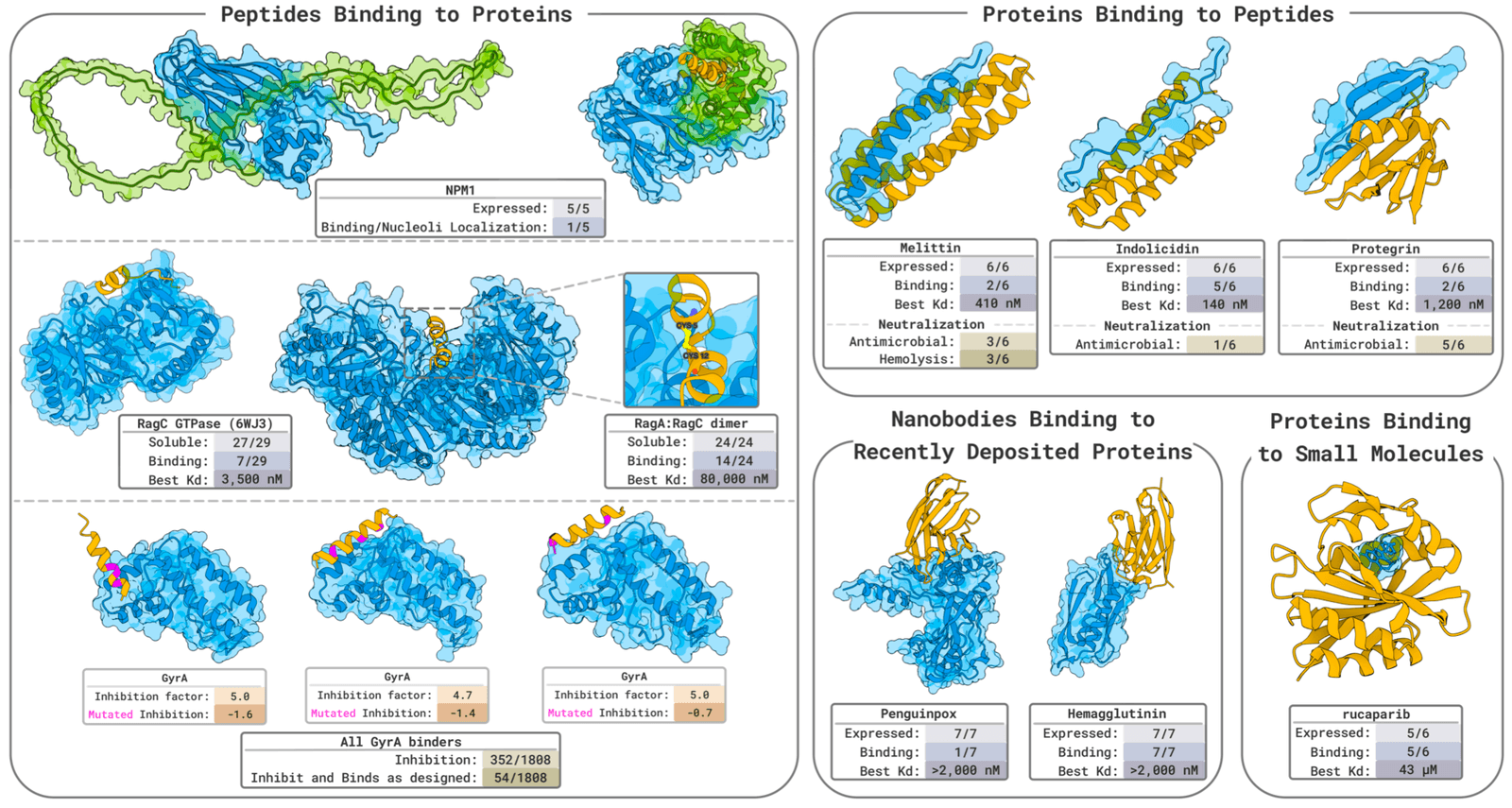Designing protein and peptide binders for any biomolecular target once seemed out of reach, especially for novel or highly complex molecules. Today, BoltzGen is changing that narrative. This innovative, open-source platform is reshaping protein engineering, empowering both academic researchers and industry scientists to tackle previously unsolvable design challenges.
Key Innovations Behind BoltzGen
BoltzGen is a pioneering all-atom generative diffusion model created at MIT. Unlike previous tools, it merges binder design and structure prediction into a single, unified framework. This means users can design binders for proteins, nucleic acids, or small molecules while simultaneously achieving leading-edge folding accuracy.
A flexible design specification language allows researchers to set precise constraints (such as covalent bonds, structural motifs, and binding sites) tailoring outputs to their experimental needs.
Rigorous Experimental Validation
The BoltzGen team partnered with academic and industry collaborators to rigorously validate the platform. Their work included:
- Designing and testing nanobodies, minibinders, peptides, and cyclic peptides
- Targeting a wide range of molecules, from small molecules to poorly structured protein regions
- Demonstrating function in live cell assays, including nuclear localization and pathogen neutralization
What makes these results stand out is BoltzGen's performance on targets highly dissimilar to any previously known protein structures, replicating the unpredictability of real-world discovery efforts.
Building on the Boltz Legacy
BoltzGen represents the third major release in the Boltz series. After Boltz-1’s breakthrough in all-atom structure prediction and Boltz-2’s binding affinity insights, BoltzGen brings generative design to the forefront. Its combined capabilities allow users to generate novel binders, not just predict them, with a high degree of confidence and customization.
How BoltzGen Works
At its core, BoltzGen uses a geometry-based, all-atom model supporting scalable training on both design and folding tasks. Its universal design language enables researchers to impose multiple, flexible constraints, optimizing binders for specific research goals. The comprehensive pipeline encompasses validation, redesign, and ranking, ultimately delivering wet lab-ready candidates for experimental screening.

Image Credit: MIT
Performance on Toughest Targets
BoltzGen has proven itself on some of the most challenging molecular design benchmarks. In tests against nine novel targets, each with less than 30% similarity to known complexes, it generated high-affinity nanobody binders for six, often in just a handful of design attempts per target. Collaborations produced validated binders for a spectrum of difficult targets, with real biological effects observed in experimental settings.
Advancing Open Science
The BoltzGen team upholds a strong commitment to open science. All platform data, model weights, and code are available under the MIT license, ensuring anyone can access and build on this work. Ongoing updates and a growing community are driving even greater innovation, with the expectation that some of the most exciting discoveries will emerge from the broader scientific ecosystem.
How to Get Involved
Researchers and developers are invited to join the BoltzGen Slack community, access the full manuscript, and experiment with the model and code. Live events and discussions further encourage community feedback and collaboration.
Conclusion
BoltzGen stands as a breakthrough in binder design, uniquely bridging the gap between computational creation and real-world experimental success. Its open, flexible, and accurate approach sets a new standard for biomolecular innovation.
To learn more:
- Join the fast-growing Slack community: https://boltz.bio/join-slack
- Read the full manuscript: https://hannes-stark.com/assets/boltzgen.pdf
- Test the model & code: https://github.com/HannesStark/boltzgen
Source: BoltzGen Team at MIT, boltz.bio/join-slack, Full Manuscript, GitHub

BoltzGen: Transforming Protein Binder Design with Open-Source Generative AI